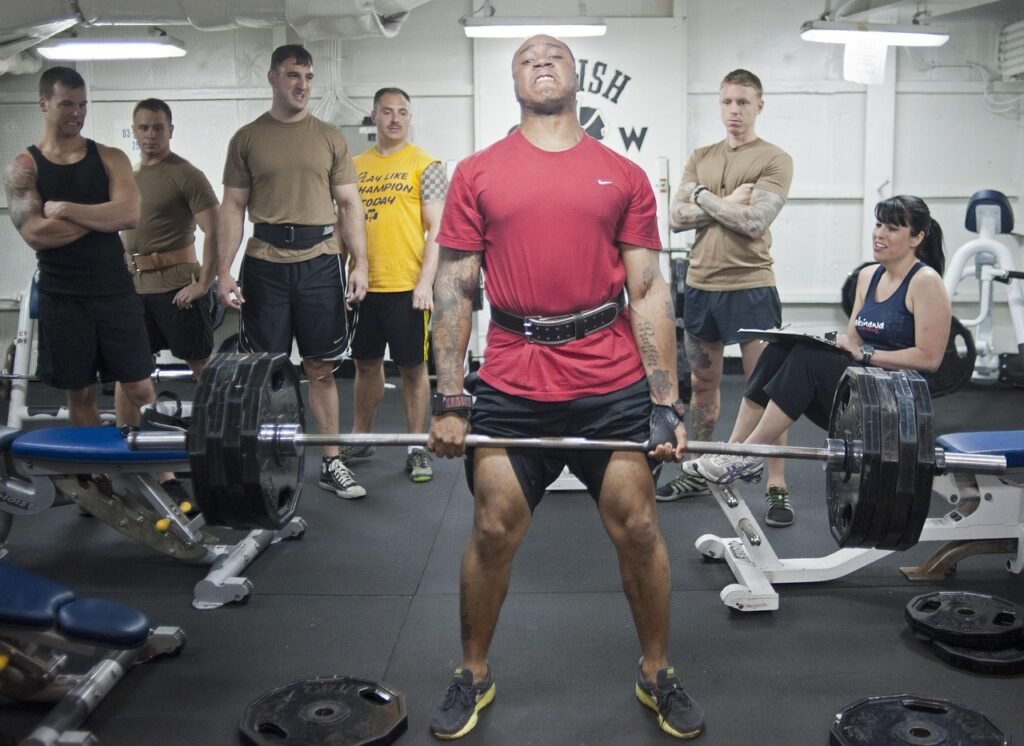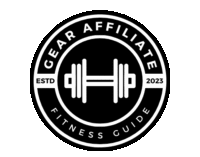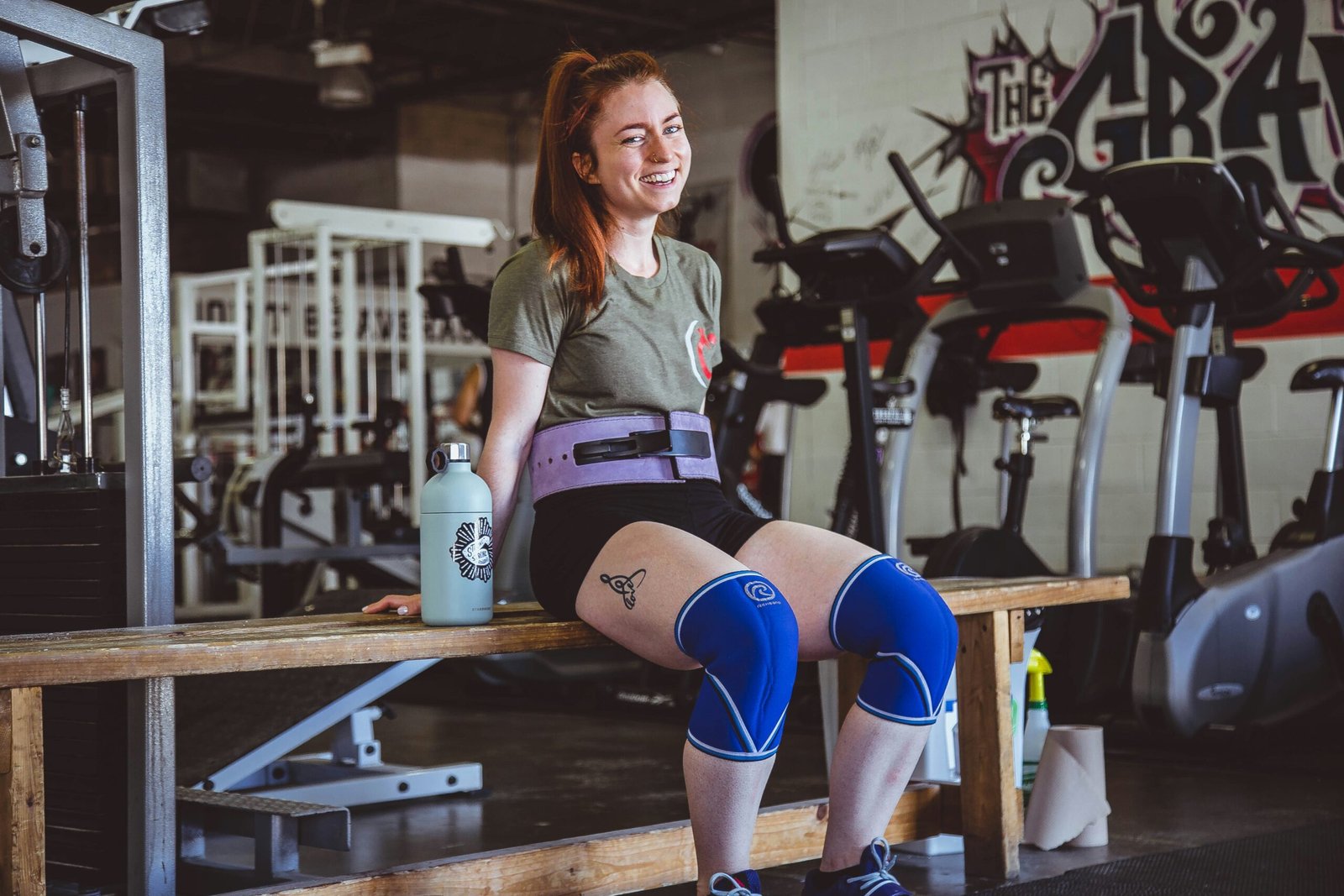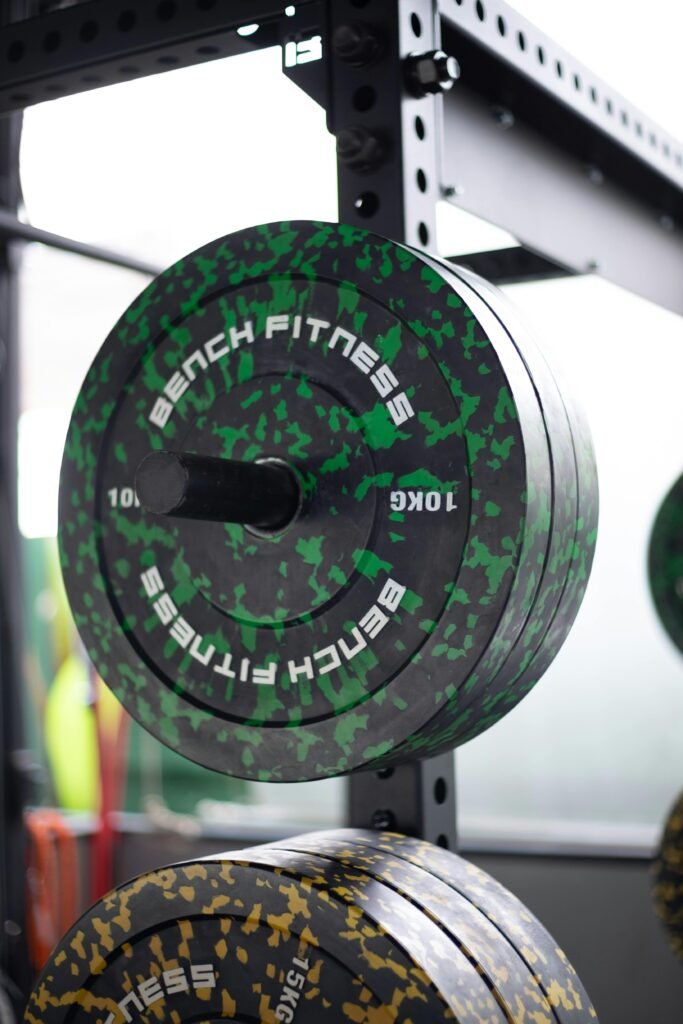Hey there! Just a heads up—this post contains affiliate links. If you click through and make a purchase, we may earn a small commission at no extra cost to you. Thanks for supporting the site and helping us keep the content coming!

Weightlifting Exercises for Wrestlers in the Gym
If You Have To Choose 3
Introduction: Strength That Shows Up on the Mat
You don’t need a 600-pound deadlift to dominate on the mat. But if you’re not building strength with the right movements in the gym, you’re leaving wins on the table.
When it comes to wrestling, not every lift in the gym is created equal.
This isn’t about training like a bodybuilder or throwing weight around just to hit PRs. This is about selecting the right movements that build strength, explosiveness, and control where it matters most—in competition.
Below are three cornerstone lifts that every wrestler should master. They’re not an exhaustive list, but they represent the best bang for your buck in terms of functional carryover to wrestling performance.
1. Trap Bar Deadlift (or Conventional Deadlift)
Why It’s Essential:
Wrestling is all about leverage and hip dominance. The deadlift builds full-body strength, especially in the posterior chain—your glutes, hamstrings, back, and grip. All things that carry over to sprawls, mat returns, and hand-fighting.
What It Builds:
- Posterior chain strength
- Core stability under load
- Grip and forearm endurance
- Bracing power for lifts and slams
Why the Trap Bar?
While conventional deadlifts are great, the trap bar variation places less strain on the lower back and allows more upright posture. That makes it more accessible for younger athletes and those recovering from nagging tweaks.
Coaching Pointers:
- Keep the chest tall, spine neutral
- Engage lats before the pull
- Drive through your feet—don’t yank with your back
- Focus on quality reps, not max outs
Wrestling Carryover: Stronger deadlifts = better hip pop, more dominant mat returns, and harder-to-break positioning in scrambles.
2. Front Squat
Why It’s Essential:
Forget about back squatting 3x your bodyweight if you’re folding in half every time you shoot. The front squat demands postural integrity, core control, and quad strength—all of which are vital for explosive shots and standing up from bottom.
What It Builds:
- Quad-dominant leg strength (shooting power)
- Upright posture under load
- Core and upper back endurance
- Knee and hip mobility
Why Front Squats > Back Squats for Wrestlers:
While back squats are great for overall strength, front squats force better positioning—a must for avoiding injury and developing usable strength in wrestling stances.
Not to say that back squatting isint a good exercise, its the king of all exercises, but given that we only have 3 exercises here, and that back squats are already readily talked about and implemented, we figured we should give the spotlight to the front squat here.
Coaching Pointers:
- Elbows high, chest up, bar resting on the front delts
- Keep the torso vertical, heels flat
- Avoid collapsing forward as you hit depth
Wrestling Carryover: This lift makes you better at powering through shots, finishing takedowns, and staying upright during tough rides or scrambles.
3. Weighted Pull-Ups
Why It’s Essential:
Upper-body strength for wrestling is less about pushing and more about pulling. Pull-ups train your lats, biceps, forearms, and grip—muscles that help you control ties, finish shots, and defend your position.
What It Builds:
- Pulling power from awkward angles
- Grip strength that lasts into the third period
- Shoulder and scapular control
- Midline strength and coordination
Why Add Weight?
Once you can rep out clean pull-ups, adding weight keeps progressing strength without needing to chase machines or isolated cable rows. It also builds resilience in the tendons and improves your ability to move your body plus someone else’s.
Coaching Pointers:
- Start with strict bodyweight control (no kipping)
- Full range of motion—chin above bar, arms straight at the bottom
- Use a dip belt or hold a dumbbell between your feet for added weight
Wrestling Carryover: Dominant pulling strength helps in hand-fighting, snap downs, underhooks, and winning scrambles where upper body leverage matters.
Honorable Mentions:
These lifts also deserve a spot in your rotation, especially for variety and addressing weaknesses:
- Power Cleans or High Pulls – For explosive hips
- Bulgarian Split Squats – For unilateral leg strength and balance
- Farmer’s Carries – For grip, posture, and total-body tension
- Ab Rollouts or Hanging Leg Raises – For anti-extension core stability
Putting It All Together:
This isn’t a full training program, and these three lifts aren’t “all you need”—but they form a foundation.
You still need conditioning, mobility, rotational work, and movement practice. But if you’re looking for lifts that check the boxes for wrestling performance?
These three are your starting point.
They’re scalable, effective, and simple. When done right, they build strength that actually shows up on the mat—not just in the mirror.
Sample Weekly Integration (Off-Season or Pre-Season)
*Note: This is not an actual training program, this is just for example*
| Day | Focus | Lifts |
|---|---|---|
| Mon | Lower Power | Trap Bar Deadlift, Box Jumps, Sled Push |
| Wed | Upper Pull | Weighted Pull-Ups, Rows, Hanging Core |
| Fri | Lower Control | Front Squat, Step-Ups, Farmer’s Carries |
Use moderate loads, focus on intent and movement quality, and always pair strength work with wrestling-specific drills.
Written by Coach G
Built for wrestlers who train for more than just the mirror.
If you found this post to be helpful, then you may be interested in the rest of our blog page here.
At Gear Affiliate, we always want to give our readers more resources to research. Below are a few sources that we have found to be helpful relating to this topic.


